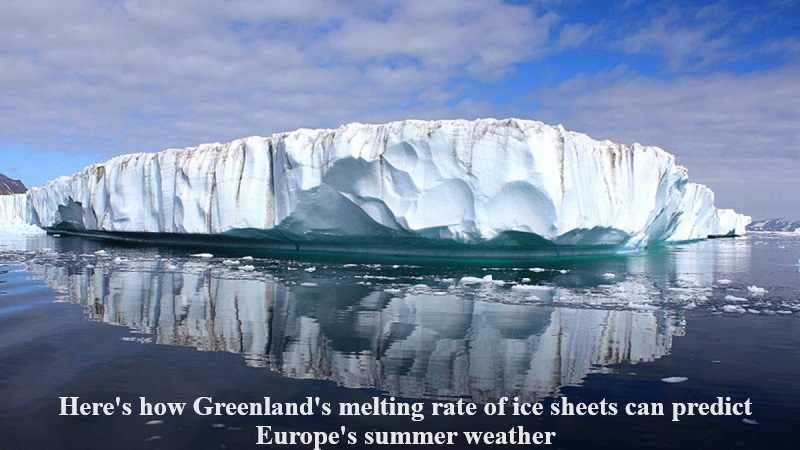
Forecasting weather patterns several months in advance has posed a persistent challenge for meteorologists. However, a recent study, detailed in the journal Weather and Climate Dynamics, has made a remarkable prediction regarding the rate of melting of the Greenland ice sheet.
Dr. Marilena Oltmanns, speaking with the Guardian, highlighted the potential significance of Greenland’s ice melt rate in understanding summer weather patterns in Europe.
The lead author of the study, Dr. Oltmanns, elucidated the intricate interplay of factors linking the melting rate of Greenland’s ice sheet to the summer weather patterns in Europe.
Elevated temperatures in Greenland trigger heightened glacial melt, which consequently introduces increased volumes of freshwater into the Atlantic Ocean. Due to its lower density compared to seawater, this freshwater accumulates on the ocean’s surface, disturbing the natural heat exchange processes between the air and the sea. Consequently, this disruption leads to the formation of stronger winds around the areas influenced by the meltwater. During winter, these winds facilitate a northward shift in the North Atlantic current, an extension of the Gulf Stream.
As summer approaches, prevailing winds align with the direction of the northward-shifted North Atlantic current, further reinforcing the northward flow.
This sequence of events sets the stage for the establishment of extensive atmospheric circulation patterns, typically associated with warmer and drier conditions across Europe during the summer months.
Dr. Oltmanns proposed that by scrutinizing the location, extent, and intensity of freshwater events, researchers can infer the probability of experiencing warm and dry weather in Europe during the ensuing summer season.

Post Your Comments